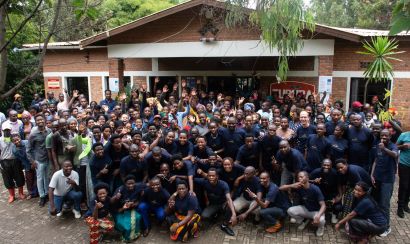How Nonprofits Can Drive Healthy Growth Using SROI
Determining how to allocate resources is a monumental challenge, especially because data-driven decision-making remains elusive for many nonprofits.
One Acre Fund has tackled this challenge by calculating a metric, across all our programs, called social return on investment (SROI), which is the total impact we generate divided by the net cost required to create that impact. For instance, we’re seeking to generate at least $4 in incremental profit for farmers for every $1 we spend on our core program.
However, organizations can also use SROI to calculate impact when it is best expressed in non-financial terms, whether disability-adjusted life years in health or improved test scores in education.
SROI has proved a valuable metric, among others such as scalability and risk, for making investment decisions. Now, 18 months after first using SROI, we have innovated two adaptations we believe increase its versatility. Our hope is that other nonprofits and funders will find these innovations useful in employing SROI to guide their own decisions.


